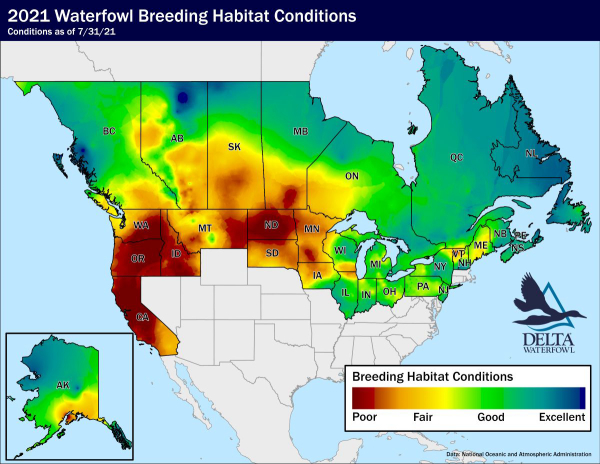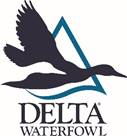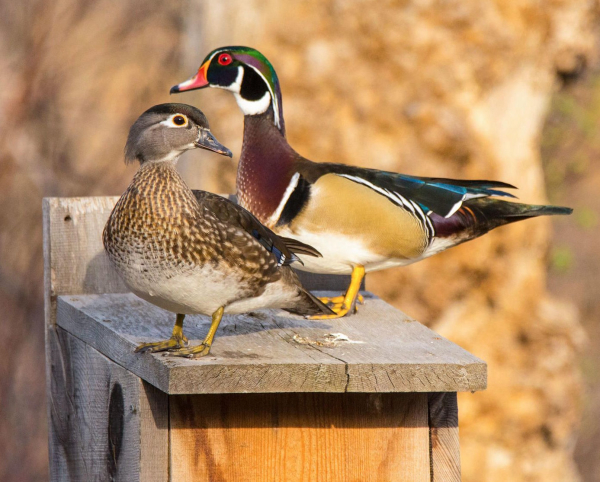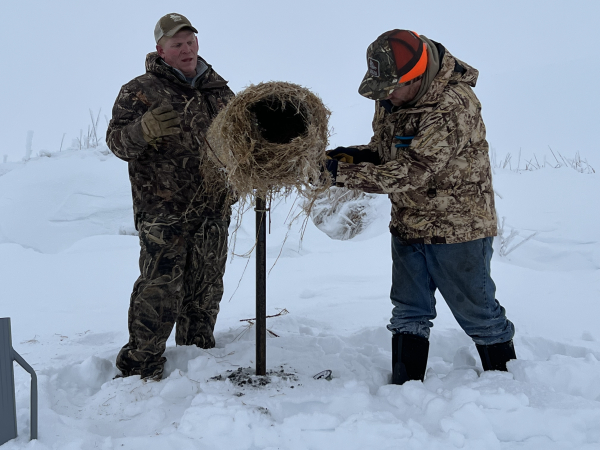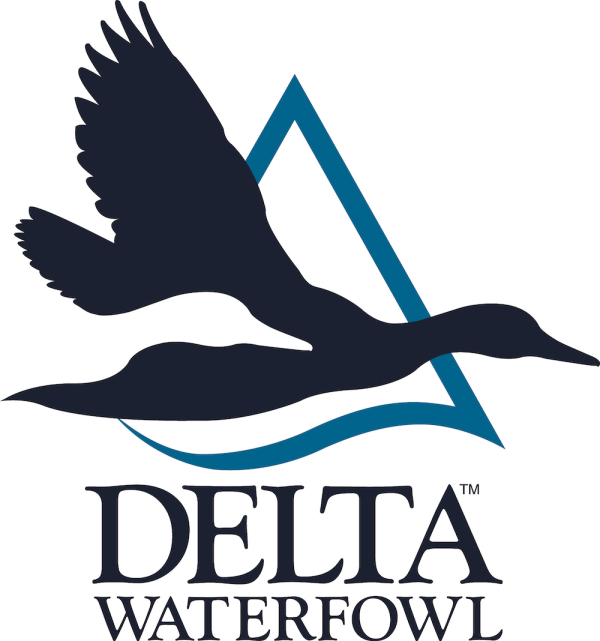Delta Waterfowl’s Predator Management Adds Ducks to Fall Flight
BISMARCK, N.D. — Delta Waterfowl’s predator management work continues to show that managing predators on the prairie breeding grounds increases duck production.
Delta’s 2014 Predator Management Report, released today, documents the improvement in duck nest success achieved on trap sites in the North Dakota and Saskatchewan this spring and summer.
In Saskatchewan, Delta Waterfowl researchers measured the impact of trapping predators on over-water nesting ducks such as canvasbacks, as well as on upland-nesting ducks. Average nest success in upland trapped blocks was 32.5 percent, compared to just 6.5 percent in non-trapped control block areas.
“Our 2014 results again demonstrate how predator management can significantly complement habitat conservation to produce ducks,” said Frank Rohwer, Delta Waterfowl president.
Unusually heavy summer rains hampered the Saskatchewan predator management research focused to over-water nesting ducks. Most of the canvasback nests found and documented were lost to extreme flooding. In 2015, Delta researchers will continue to assess predator management benefits on canvasbacks and other over-water nesting ducks.
In North Dakota, researchers evaluated areas with abundant ducks and scarce nesting cover, synonymous with a landscape of reduced grassland habitat and Conservation Reserve Program acres. Researchers compared trapping on both traditional 36-square-mile blocks and on larger landscapes where trapping focused only on patches of remnant nesting cover.
Traditionally trapped sites averaged 35 percent nest success, compared to 10.8 percent on non-trapped areas. But the trapping specifically targeted remaining nesting cover showed an impressive 47.5 percent nest success, compared to 14.9 percent on non-trapped blocks.
After the first year of analysis, targeting trapping on remaining patches of nesting cover with high duck densities shows promise. Continued trapping in 2015 will help Delta fine-tune its predator management program in these landscapes.
Most duck species need at least 15 percent nest success to simply maintain their populations. Since 1994, Delta Waterfowl researchers have monitored tens of thousands of nests on a broad range of habitat types across the Prairie Pothole Region, and consistently documented an increase in nest success where predator management was applied.
“We’ve been researching predator management for 20 years, and the results continue to speak for themselves,” said Joel Brice, Delta Waterfowl vice president of waterfowl and hunter recruitment programs.
To read Delta’s 2014 Predator Management report, visit http://www.deltawaterfowl.org/
Delta Waterfowl Foundation is The Duck Hunters Organization, a leading conservation group dedicated to ducks and duck hunters in North America. Visit deltawaterfowl.org.


